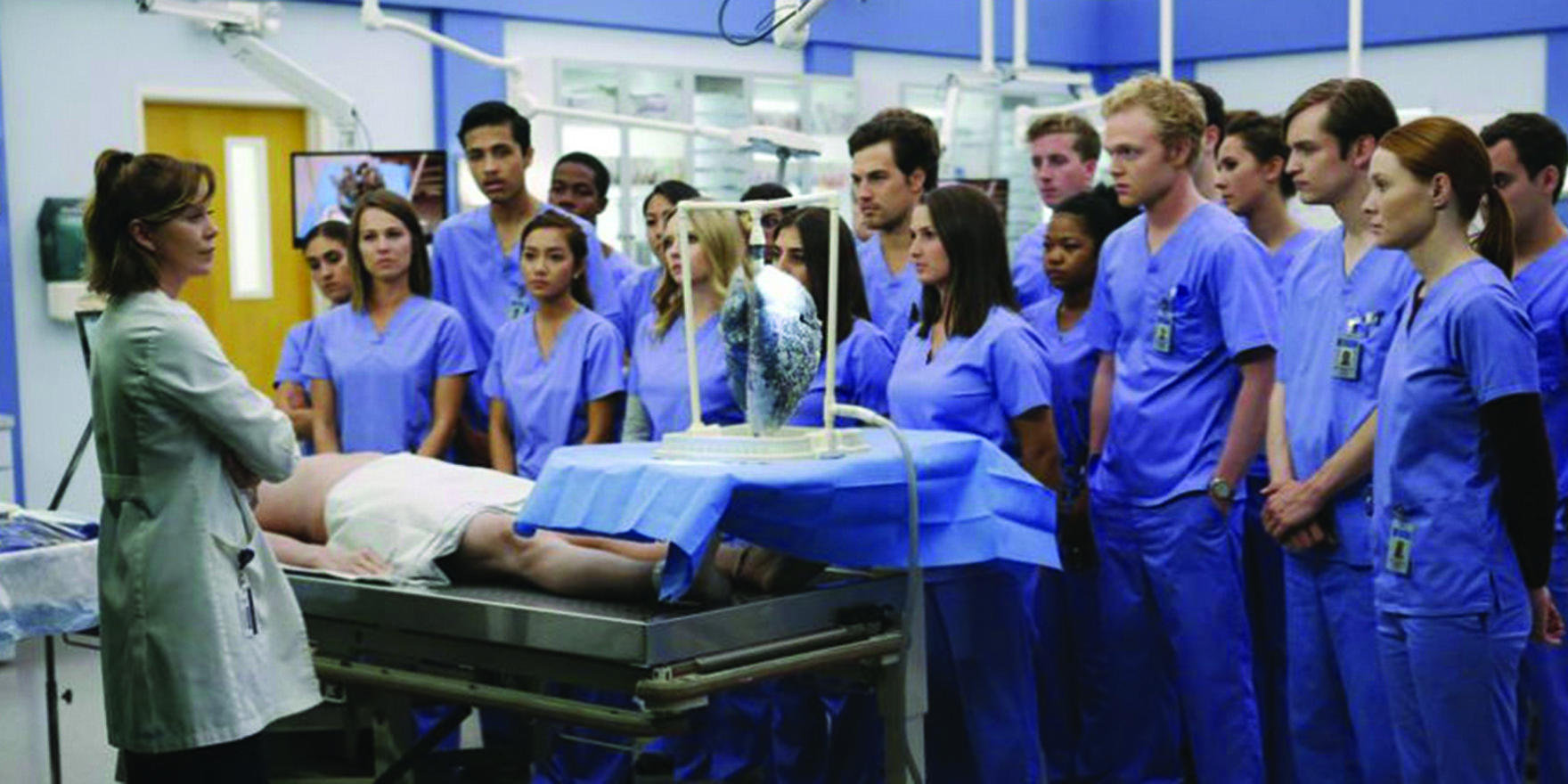Non-teaching hospitals have higher patient mortality than teaching hospitals in the US. Why?
A dedication to lifelong learning has always been core to the practice of medicine, but lifelong teaching may be just as important, for patients at least.
An analysis of over 21.4 million hospitalisations in the US found that hospitals engaged in training the next generation of clinicians actually had improved patient survival.
The difference was small but significant, with major teaching hospitals having 1.5% lower mortality over 30 days than non-teaching hospitals for patients 65 or older.
The same pattern persisted when researchers adjusted for hospital size, and patient characteristics.
Teaching hospitals also had lower mortality rates than non-teaching hospitals at seven, 30 and 90 days for 15 common medical conditions and six common surgical procedures (after excluding transferred patients).
The mortality rate of patients 65 or older at teaching hospitals was 13.8% over 90 days, compared with 15% at non-teaching hospitals.
The study also looked at minor teaching hospitals and found that they fell between the two extremes on nearly every measure.
What could explain this pattern? The researchers speculated that greater experience in treating particular conditions, along with early adoption of new technology, and superior processes decreased mortality at teaching hospitals.
Professor Christine Bennett, a paediatrician and the dean of medicine at the University of Notre Dame in Sydney, said teaching keeps clinicians “on their toes”.
“When you teach you have to question yourself,” she said.
Clinicians that teach tended to keep abreast of the literature and maintained an appetite for lifelong learning, she said.
Often working with students reminded doctors of why they were in medicine and of their obligation to the patient to get it right, said Professor Bennett.
“’See one, do one, teach one’ was an old adage,” she said. “When you teach you need to continually review what you are doing.”
The importance of teaching was underlined in a report by the National Health and Hospitals Reform Commission, which Professor Bennett chaired in 2009.
“There is an evidence base to say that involvement in teaching and research improves outcomes,” she said.
The report said the education and research roles of hospitals should not be downplayed.
“[These] functions of hospitals were always the basis of professional pride in hospital performance, which led to great efforts [for doctors] to go beyond the call of duty,” the report said.
Hospitals also had to meet process and governance standards to become accredited as teaching institutions, which could in itself improve patient outcomes, said Julie Ash, a lecturer in health professions education at Flinders University.
Ms Ash said the paper challenged the assumption that inexperienced trainees compromised patient care in hospital settings by taking up clinicians’ time and making mistakes.
Professor Bennett said it would be difficult to replicate the study in Australia.
“So many hospitals are in fact involved in teaching so you are not going to have a control group,” she said.
“There is still a very positive message here that teaching and research are not just nice add-ons in a health enterprise but actually a part of maintaining and enhancing quality.”
JAMA 2017, May 23


